http://www.youtube.com/watch?&v=7XWH4us7M8w
Last week I shared the above video about Still Creek (one of only two visible creeks in urban Vancouver) and how this year was the first time in 80 years there's been Chum Salmon return to spawn in it thanks to restoration and enhancement efforts. Sparked by an enhancement study spearheaded by the City of Vancouver working with community groups, property owners, environmentalists, and “stream-keepers”, they're now working with a 50-year plan for the beautification, protection and restoration of sections of the creek that run through our city.
I assumed that the run was probably over by the time I spotted the video but decided to go to a section of the creek this weekend to see if I could capture a glimpse to share with you. First let me share this photo below from Google Street View, taken BEFORE the enhancement. A stream with a Vancouver Special next to it? Of course you're within the boundaries!
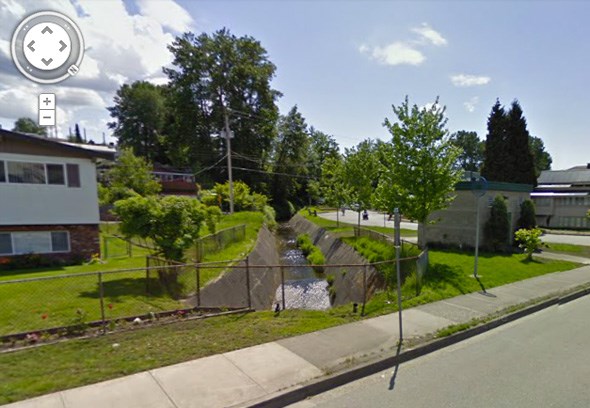
And here's what it looks like today. Some of the "LA River" style concrete remains but for the most part its banks have been restored and native plantlife has been re-introduced.
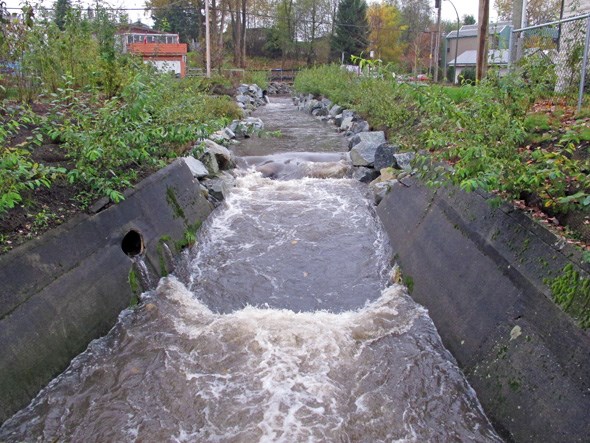
Pretty beautiful, and not just all about optics as the enhancements have produced trackable results in making the water less contaminated, enough to encourage salmon to spawn.
This particular part of the creek is on Grandview Highway, a few blocks before the Superstore out there. I turned around 180 degrees after shooting the above photo just to show you how urban it is. That's Grandview. The creek runs directly under where that truck is pictured, in a culvert, until it comes out the other side where those willows are on the right.
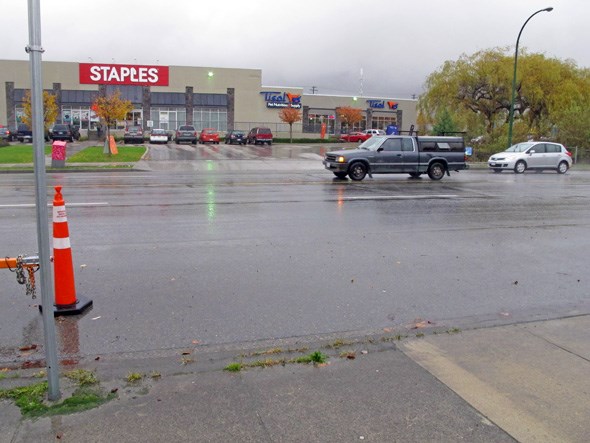
Next to the creek are new chairs installed on which you might want to sit on and watch the stream roll by.
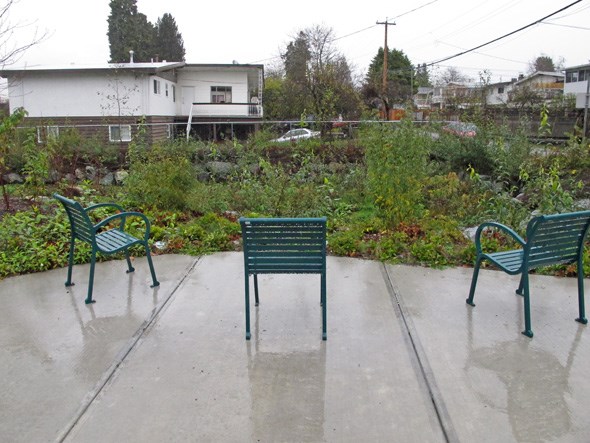
Signage near the sidewalk lets you know the creek is near.
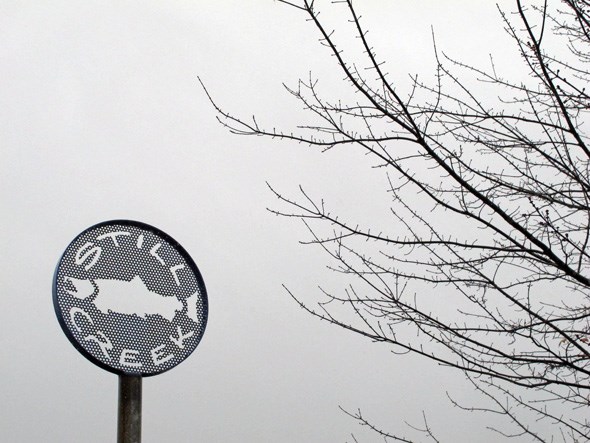
Signage on the street also serves as a reminder.
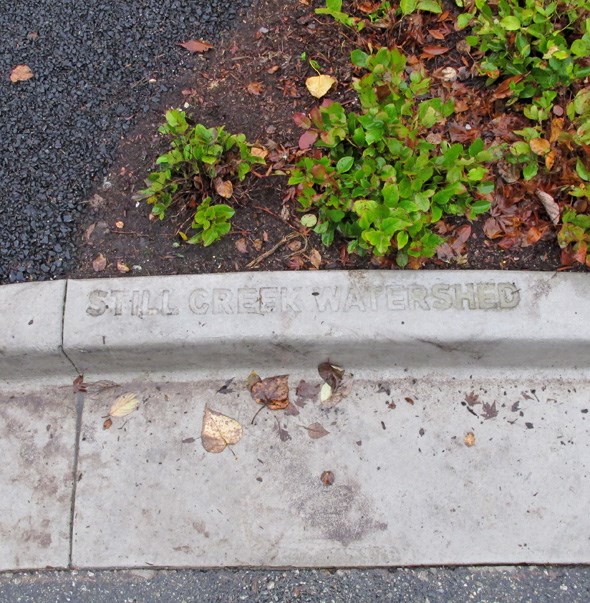
There are two bridges that have plaques that discuss the project, its intentions, and the importance of reducing contaminants.
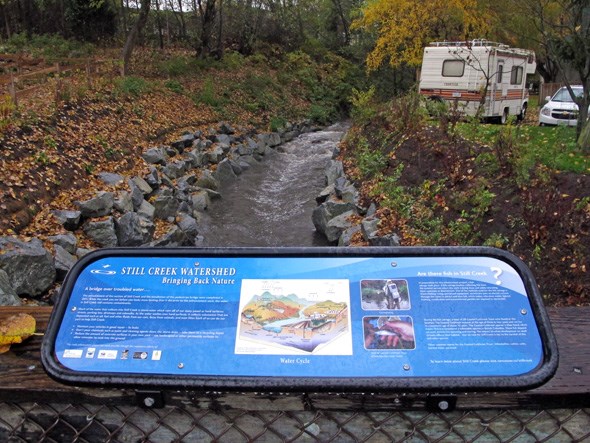
The reality remains that this is an urban creek and there are many storm drains that empty into it, like this pipe shown below which is dumping water that probably came directly from the street into the stream. I talked to Councillor Heather Deal about the project this weekend and asked exactly why the City, Metro Vancouver and streamkeeper groups would choose to take on a project such as this when there are bigger concerns in rivers such as the Fraser. Watersheds are all connected and this small project will definitely help increase water quality further than a few blocks within city bounds, but Heather tells me that the bigger goal of this sort of urban enhancement is about education and reminding us that even though we're in a city we need to tread lightly and be conscious of what goes down storm drains, and how much goes down them as well. Below this photo I've transcribed some of the messaging on one of the signs on the bridge. If you liked these photos and are interested in this story please take a minute to read through it. Oh, and HERE is a link to the Google map location if you want to venture out and see it for yourself. The salmon run is finished but it is a nice little spot, to be certain.
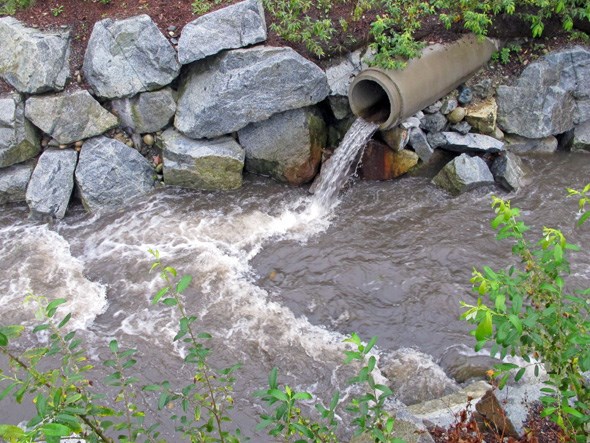
"The enhancement of this section of Still Creek and the installation of this pedestrian bridge were completed in 2011. While the creek you see before you looks more inviting than it did prior to the enhancement work, the water in Still Creek still contains contaminants.
Much of the water that collects into Still Creek is storm water which runs off of our many paved or hard surfaces: streets, parking lots, driveways and sidewalks. As the water washes over hard surfaces, it collects substances that are deposited such as oil, fuel and other liquids from our cars, feces from animals, and even litter. Each of us can do our part to help Still Creek:
- Maintain your vehicle in good repair - fix leaks
- Don't pour chemicals such as paint and cleaning agents down the storm drain - take them to a recycling depot
- Reduce the amount of concrete surfaces in your own yard - use landscaped or other permeable surfaces to allow rainwater to soak into the ground"


